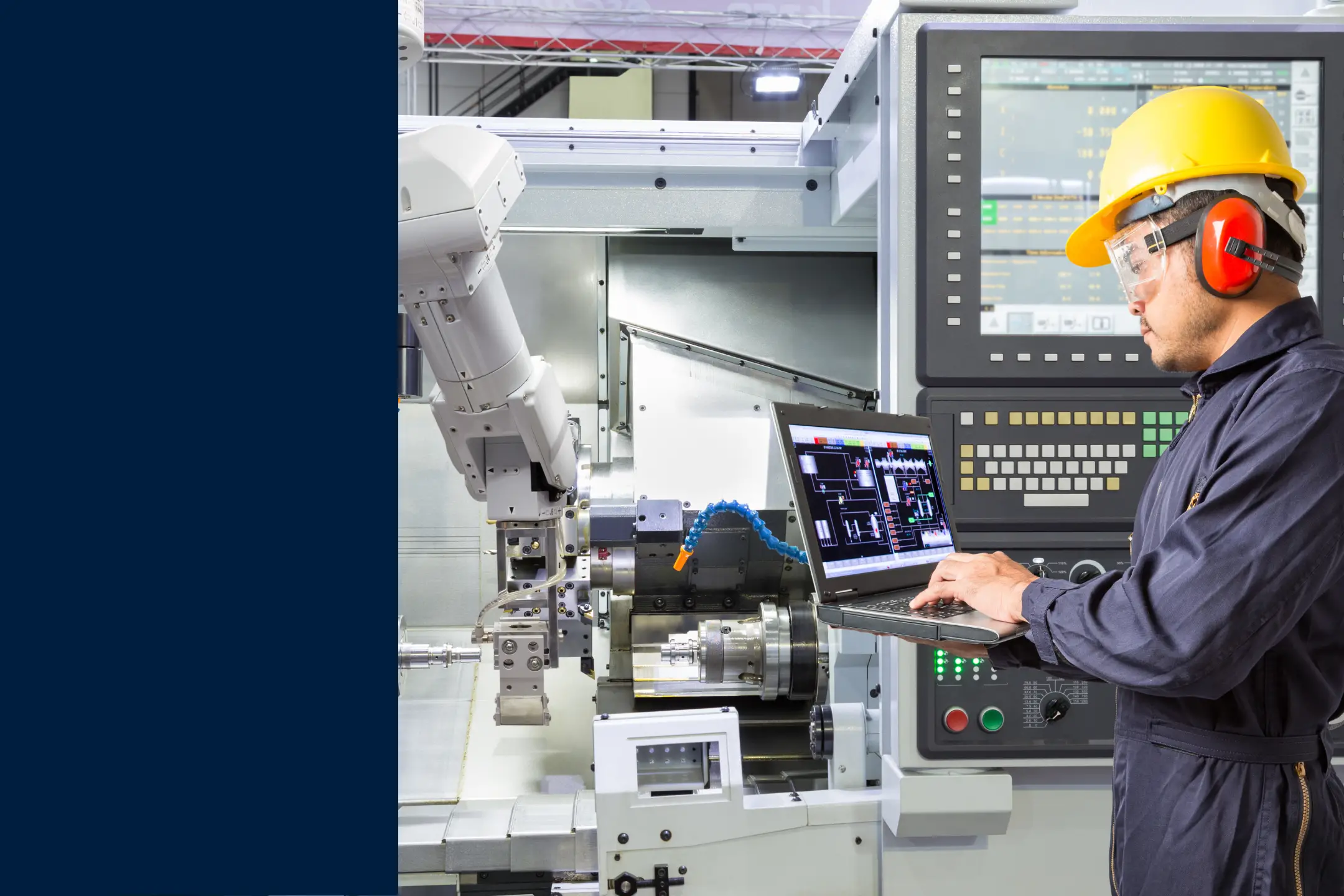
Not surprisingly, business agility and digital transformation are both popular concepts these days. But beyond treating them as buzzwords, let’s consider what they both mean and how you can apply both concepts to optimize your operations.
Over the past few years, the emergence of various digital tools and technologies, commonly referred to as Industry 4.0, has made it possible for brands and businesses to achieve operational agility that was once unimaginable.
What Is Digital Transformation?
Agility refers to how flexible business operations can help with digital transformation.
Digital transformation refers to the steps a team, manufacturer, or organization takes to digitize its non-digital processes or operation. A digital strategy involves adopting digital technologies to streamline business operations, optimize worker efficiency, and improve customer experiences.
However, successful digital transformation isn’t just about new technologies or modernization. It goes beyond making upgrades to your current processes. Digital transformation is specifically about how your business can grow by digitizing your operations.
As the HBR puts it, digital transformation is not just about technology. “If people lack the right mindset to change and the current organizational practices are flawed, digital transformation will simply magnify those flaws.”
This means a transformation strategy involves more than, say, simply sending emails instead of writing letters. If sending letters is a better prospect for your business due to some strange mix of circumstances than emails, clearly going digital isn’t a great idea.

Digital Transformation Strategy
In fact, teams seeking a digital transformation journey should ask:
- What opportunities exist for growth via new technologies? How can our workers benefit from using digital services?
- How can we improve our customer experience with information technology?
- Can we optimize our maintenance processes with digital work orders?
- Can digital initiatives help us create new products?
Building a solid digital transformation roadmap starts with thinking critically about foundational questions like the above.
Examples of digital transformation in various industries include:
- Digital work instructions
- IT infrastructure to connect workers
- Standard operating procedures available to everyone via the cloud
- Mobile CMMS for connectivity between remote workers
- Artificial intelligence (AI) based temperature diagnostic sensors for predictive maintenance
- IoT devices to monitor your warehouses
“Digital transformation is the essential bridge between the business of today and the business of tomorrow. . . . For every organization, a strategic approach to digital transformation is crucial. Digital possibilities must shape strategy. And technology and operational decisions need to be adaptive and aligned.”
Deloitte
What Is Agility?
Agility refers to the ability of a business to adapt to changing circumstances. Now more than ever, given historic supply chain challenges due to the COVID-19 pandemic, companies see more of a need to be flexible.
Despite the language, agility in manufacturing doesn’t quite refer to agile methodology. Instead, the agile approach is about responding quickly to customer demands and getting products to customers in the shortest amount of time while minimizing costs and maximizing quality.
Business agility is more about being able to respond to changes in the overall market and supply chain. Whatever the case, businesses need to respond to changes and challenges quickly and effectively.
Business agility can be in the following forms:
Operational Agility
Operational agility involves a team’s ability to adapt its operations to changing business conditions. This concerns how a team modifies its systems, workflows, and business processes to meet challenges brought on by market conditions and external pressures.
Organizational Agility
Organizational agility involves how a company adapts its business models to meet challenges. While this concerns everyone, it starts with senior stakeholders deciding how to shape the business environment. This might involve the creation of new business models or simply adapting existing ones.
Strategic Agility
Strategic agility is at an even higher level than organizational agility. It refers to adapting business strategies and making changes to secure a competitive advantage. Such agility requires data-driven decision-making based on robust tracking of KPIs and metrics. This could mean new opportunities for business value, partnerships, new product development, etc.
“The fact that digital transformation will help businesses maintain their competitive edge and sustained revenue models is not debatable. What they need to prioritize . . . is focusing on digital technologies to build speed, innovation, and agility across functions.”
Forbes
Create a Culture of Business Agility in Your Team
Ensuring you have business agility involves putting processes in place to create a culture where your staff and systems are prepared to adapt. Let’s look at a few ways to make this work for your team:
Reduce Complexity
Streamlining your processes will not only make workflows more straightforward but will also make it easier for you and your stakeholders to adapt. When you have complex and convoluted business processes, one small change can snowball into something much more challenging. Simplifying processes means easier change management.

Empower Your Staff to Make Decisions
If you want a team that can respond to changes rapidly, you’ll need to educate it on responding to these changes. These can be workshops, seminars, or webinars explaining what to do when certain things happen.
However, in addition to knowledge, your staff needs to know that they can take action in the event of a challenge requiring a swift response. Not only will this improve your company’s agility, but you’ll also have a more engaged workforce overall and likely see higher staff retention.
It’s crucial here to decentralize power over specific issues. While leadership needs to take control, it’s worth asking if there are specific processes that require less oversight.
Set Clear Business Goals
It’s hard to make a case against focusing on the small things. Paying keen attention to detail will always set you apart from competitors. Still, getting bogged down and lost in the weeds is easy. To ensure your team can quickly adapt to changes, make your business goals clear. Reiterate your company’s mission and vision, clarify metrics and KPIs, and ensure teams know within what limits they can choose to be flexible.

Improve Your Agility with a CMMS
Consider using a Computerized Maintenance Management System (CMMS) to increase your team’s agility. A robust CMMS can help your team develop and improve its preparedness for challenges in several ways. Ways to prepare for challenges include:
Establishing Your Standard Operating Procedures
Standardizing your procedures will make it easy for staff to know what to do in various instances. In addition, a good CMMS allows you to create and share standard operating procedures with your staff.
MaintainX, for example, offers templates and its Global Procedure Library to make this process easier. So instead of team members needing to figure out how to respond to situations when they arise, they can simply refer to your already established standard operating procedures.
Delegating Tasks
While SOPs will guide teams through agility and digital transformation, managers still need to figure out who does what. This is where digital work orders come in. A well-developed CMMS like MaintainX helps assign one-off and repeating tasks to specific personnel. Because MaintainX also comes as a mobile app, team members can get detailed notifications wherever they are.
Facilitating Communication
Even with clear instructions and guidelines, agility often requires working together across departments, teams, and levels. MaintainX allows for cross-functional collaboration to ensure workers implement strategies correctly. Not to mention, MaintainX is the first work order software with in-app chat, allowing instant real-time communication between your team members.






